Alan Jones9780470092880, 9780470092903, 0470092882, 0470092890, 9780470092897
Table of contents :
Chemistry An Introduction for Medical and Health Sciences……Page 4
Contents……Page 8
Preface……Page 12
How to use the book……Page 14
1 Starting Chemistry……Page 16
1.1 Terminology and processes used in drug manufacture……Page 17
1.2 Atoms and things……Page 22
1.3 Chemical reactions and the periodic table……Page 24
2 Covalent Compounds and Organic Molecules……Page 28
2.2 Covalent compounds……Page 31
2.3 General Properties of Covalent Compounds……Page 35
2.4 Characteristic shapes and bond angles within covalent molecules……Page 36
2.5 Some covalent bonds with slight ionic character……Page 37
2.6 Double-bonded carbon compounds or ‘unsaturated’ carbon bonds……Page 38
2.7 Some further compounds of carbon……Page 40
2.8 The carbon cycle……Page 41
2.9 Isomerism: some different arrangements of atoms within a molecule……Page 42
2.10 Naming organic compounds. . .if you really want to know!……Page 46
2.11 Ring structures……Page 49
2.13 Some further examples with explanations……Page 50
3 Organic Compounds Containing Carbon, Hydrogen and Oxygen: Alcohols and Ethers……Page 56
3.1 Alcohols, C(n)H(2n+1)OH……Page 58
3.2 Properties of alcohols: monohydric alcohols with one OH group……Page 59
3.3 Other alcohols: di- and tri-hydric alcohols……Page 61
3.4 Aromatic OH compounds: phenol……Page 62
3.5 Ethers are isomers of alcohols……Page 63
4 Carbonyl Compounds: Compounds Containing C=O Groups……Page 68
4.1 Simple aldehydes and ketones: carboxylic acids and esters……Page 69
4.2 Carbohydrates, monosaccharides and sugars……Page 71
4.3 Disaccharides……Page 73
4.4 Digestion of sugars……Page 74
4.5 More about sugars – if you really need to know!……Page 75
4.7 Salts and esters……Page 76
4.8 Lipids or fats……Page 78
4.9 Chemical energy in cells……Page 80
4.10 Chemicals in food……Page 81
4.11 Soaps and detergents……Page 82
5 Organic Compounds Containing Nitrogen……Page 86
5.1 Amines and amino acids……Page 88
5.2 Amino acids……Page 89
5.3 Peptide formation and protein synthesis……Page 90
5.4 Hydrolysis (action of water) of peptides……Page 91
5.6 Protein metabolism……Page 92
5.7 Nucleic acids, DNA and RNA……Page 93
6 Vitamins, Steroids, Hormones and Enzymes……Page 98
6.1 Vitamins……Page 99
6.2 Steroids and hormones……Page 107
6.3 Enzymes……Page 109
7 Ions, Electrolytes, Metals and Ionic Bonding……Page 116
7.1 Introduction to ionic bonding……Page 118
7.2 Some common properties of ions and ionic bonds……Page 120
7.3 Electrolytes and ions of the body……Page 122
7.4 Major cations (positive ions) in the body: sodium, potassium and calcium ions……Page 123
7.5 Balance between fluids……Page 126
7.6 Essential elements present in small quantities: micronutrients and minerals……Page 127
7.7 Cancer treatments and chemotherapies that use metal compounds……Page 128
8 Water……Page 132
8.1 Introduction. What makes water so unique?……Page 134
8.2 Chemical reactions in aqueous solution……Page 136
8.3 Dissolving and solubility: water is a great solvent……Page 137
8.4 Osmosis……Page 139
8.5 Dialysis……Page 140
8.6 Colloids……Page 141
8.7 Water, washing and detergents……Page 142
8.8 Water vapour……Page 143
8.9 Evaporation from skin……Page 144
8.10 Solid water……Page 145
8.11 Hydrolysis……Page 146
9 Acids and Bases……Page 148
9.1 Acids……Page 150
9.2 Bases and alkali……Page 153
9.3 Bases containing nitrogen……Page 154
9.5 Salts……Page 155
9.7 Buffer solutions……Page 156
9.8 Buffers in the body……Page 157
9.9 Digestion and acid attack……Page 158
9.10 Acids in the environment……Page 159
10 Oxidation and Reduction……Page 162
10.1 Definitions of oxidation and reduction……Page 163
10.3 Some applications of redox reactions to metabolic processes……Page 166
10.4 Nitric oxide, NO or N(II)O……Page 167
10.5 Oxygen gas……Page 169
11 Analytical Techniques……Page 172
11.1 The need for analysis……Page 173
11.2 Mass spectroscopy……Page 175
11.3 Chromatography……Page 178
11.4 Spectroscopy of various types……Page 181
11.5 Electron microscopes and scanning electron microscopy (SEM)……Page 183
11.6 Magnetic resonance spectroscopy (MRS) or magnetic resonance imaging (MRI)……Page 186
11.7 General conclusions……Page 187
12 Radioactivity……Page 190
12.1 Introduction to the effects of radiation……Page 191
12.2 Isotopes and radioactivity……Page 192
12.3 Splitting the nuclei of atoms……Page 194
12.4 Properties of alpha, beta and gamma radiation……Page 195
12.5 Half-life……Page 198
12.6 Radiation everywhere……Page 199
12.7 Conclusion……Page 201
13 Rates of Reaction……Page 204
13.1 Effect of temperature on reactions and metabolism……Page 206
13.2 Why does a chemical reaction slow down on cooling?……Page 207
13.4 Effect of concentration on chemical reactions……Page 210
13.5 Catalysts and enzymes……Page 211
13.6 How catalysts and enzymes work……Page 212
13.7 Application of chemical reactions to drug use……Page 214
14.1 Drugs ancient and modern……Page 218
14.2 Cancer treatments……Page 223
14.3 Pain killers……Page 226
14.4 Stopping attack by ‘aliens’ on our bodies: viruses and bacteria……Page 227
14.5 AIDS and HIV……Page 228
14.7 Some changes of use of existing drugs……Page 230
15 Numbers and Quantities……Page 234
15.2 Moles……Page 236
15.3 Powers of numbers and logs……Page 237
15.4 Moles in formulae and equations……Page 241
15.5 Moles in solution……Page 242
15.7 Dilutions……Page 243
15.8 Percentage by mass……Page 244
Appendix 1: Alphabetical List of the Common Elements……Page 248
Appendix 2: Periodic Classification of the Common Elements……Page 250
Glossary……Page 252
Bibliography……Page 266
Index……Page 270
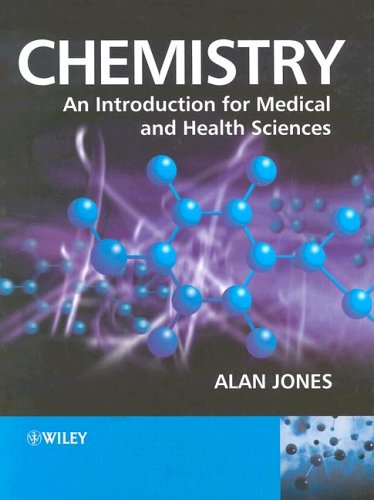
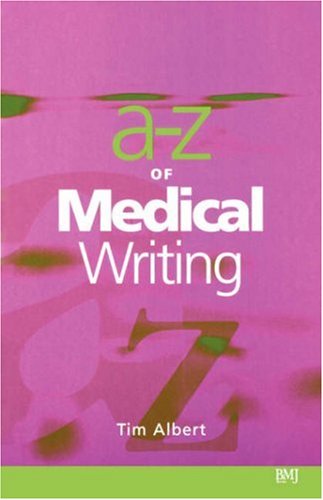

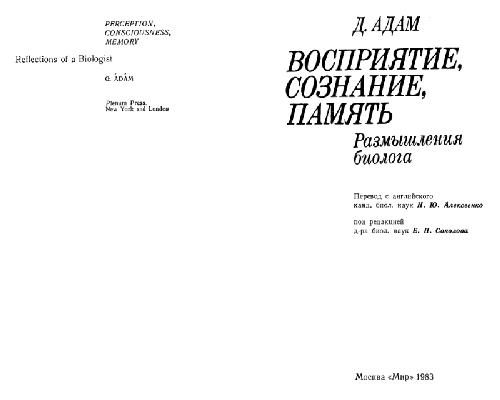
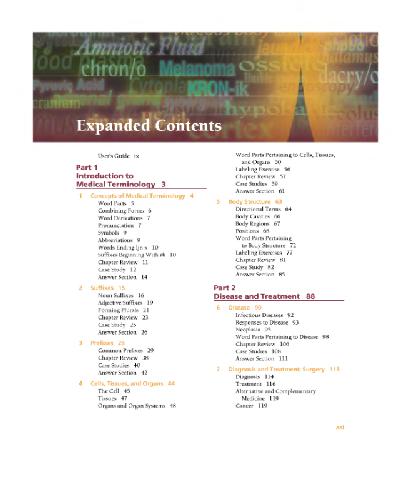
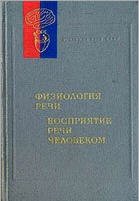
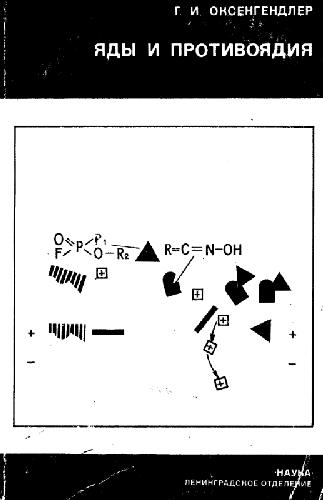
Reviews
There are no reviews yet.